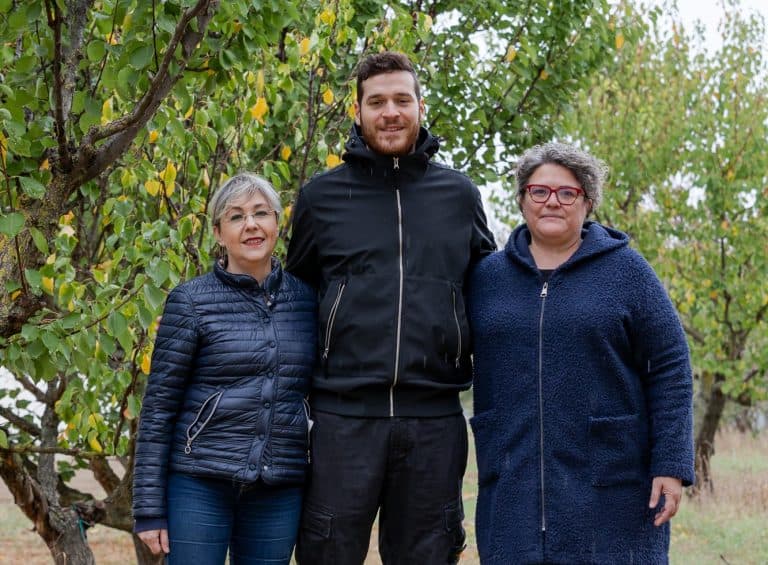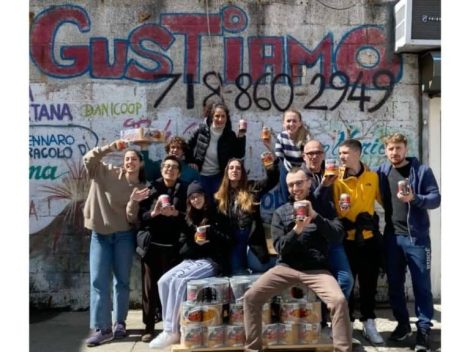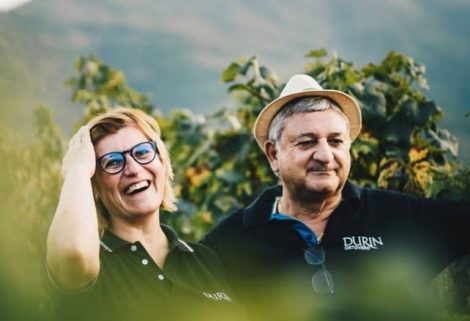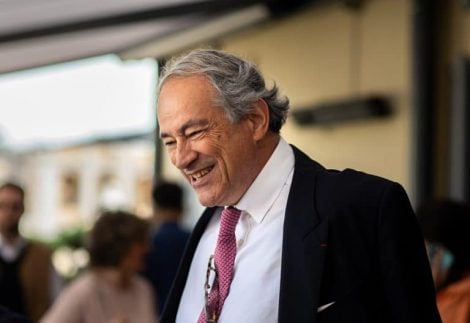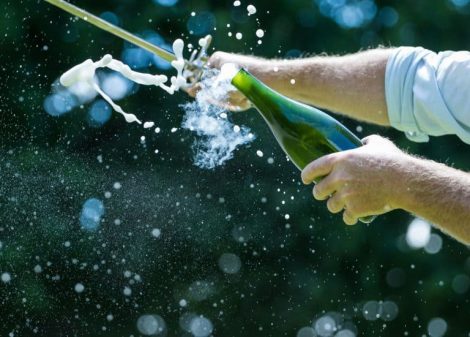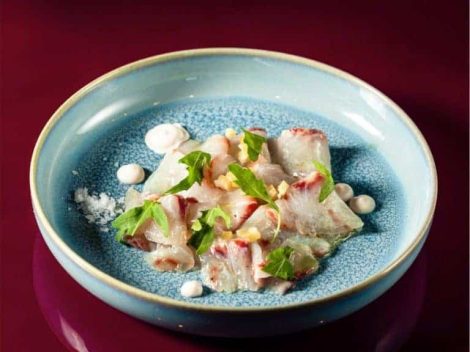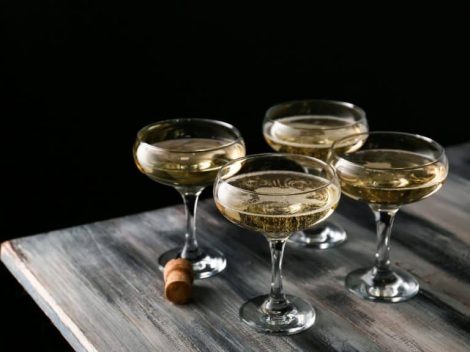A spinach quiche with fava beans, tarragon and cheddar cheese. That's it, one might exclaim. And that's exactly what many English people thought when the official coronation dish of King Charles III was presented: a vegetable quiche. "Foreign filth" as it was defined by the Reform Party, which would have preferred a traditional pie, perhaps made with pork... there were various objections, starting with the use of lard in the brisée dough, which clashes with the rest of the otherwise vegetarian preparation, but it must be emphasised that the official website of the Royal Family allows variations on the theme and even the use of ready-made pastry. Far more interesting, however, is the use of fava beans, in full season for the day of the coronation which will take place on May 6th, 2023. An unusual product for the British public, accustomed to a tradition made largely of meat, without forgetting that in coronation chicken, a spiced chicken salad, was created in honour of Elizabeth II.
The royals at the table and the food of the powerful
The same salad that ended up in the afternoon tea sandwiches, a ritual that owes much of its success to another sovereign, Queen Victoria. Simple sandwiches that Elizabeth II wanted without any crust, thus dictating a new rule (it is said that her favourites were those stuffed with salmon and cream cheese). The law is simple and far from new: political lines are also defined at the table, and the tastes of those in power can outline a new structure in the complex system of the agri-food industry. A world that speaks multiple languages, a world of pleasure but also of ethics, morals and sustainability. Words that are overused yet still needed, especially when spoken by a ruler, president or prime minister. The direction of the new reigning couple already appears clear: at court vegetarian meals are eaten twice a week, and dairy products are excluded for a whole day. And while packaged products dedicated to the big day continue to multiply in English supermarkets, from prawn cocktail-flavoured chips to Jack Russell-themed cakes in honour of the royal dogs Bluebell and Beth, it is natural to wonder what the royal spouses have in store instead.
Charles III, organic food and agriculture
Charles III was a pioneer of organic farming in the UK. And also a supporter of ethical livestock breeding, one of those who already in unsuspecting times demanded that cows listen to classical music during milking in order to relax. He had his '70 blue Aston Martin converted to bioethanol made from surplus white wine and residual whey from cheese production. The Highgrove House estate is organically run and the products are sold under the Duchy Originals brand, a brand created by the King in 1990 and which became famous with the collaboration of the Waitrose supermarket chain. All proceeds from sales are donated to charity. The estate also produces honey, which the king loves to eat in the morning with muesli and which will be the protagonist of the court table together with seasonal and local products. After all, the attention that the Royal Family has always reserved for British producers is not new: in the Platinum Jubilee recipe book published last year for the Queen's 70th birthday, it is clearly stated that one of the missions at the palace is to defend UK productions.
Food at the White House and the Obama garden
Meat or vegetables, it doesn't matter: it's impossible to resist the charm of royal banquets. But the truth is that the way politicians approach food always arouses interest. A New York Times article dated April 6th, 1961, tells of the new chef of the White House wanted by Jacqueline Kennedy: Rene Verdon, "a 36-year-old Frenchman with a remarkable culinary past both here and abroad." The first garden at the presidential residence arrived with Obama, who in 2009 started the project together with his wife Michelle, a large and lovingly managed green space, that was one of a kind: there was something similar with the "victory garden" of Eleanor Roosevelt during World War II. The Clintons had a few potted vegetables on their roof, but the Obamas were the first to give the White House a green spin, supported by a series of significant initiatives. Just think of what happened at the end of the Obama mandate: American tradition has it that former presidents finance the creation of a presidential library, but Obama did more. He created a library and a museum with panoramic garden terraces overlooking Lake Michigan, with sports facilities and shared gardens, a restaurant and an area dedicated to barbecues and street food. Not to mention Michelle Obama, who fought for the quality of meals served in school canteens, turning to the national association of restaurateurs and asking them to offer healthy and tasty menus. The goal being food education: in 2021 the former first lady created a Netflix series for children, Waffles+Mochi, dedicated to proper nutrition, involving guests such as chef Massimo Bottura and José Andrés, founder of the World Central Kitchen.
Trump, the "great American food" and the dishes at Quirinale
In 2017, it all changed at 1600 Pennsylvania Avenue, in Washington DC. The measures passed during the Obama era were targeted by Donald Trump, who immediately changed course in the administration, backtracking on the guidelines that regulated the offer of meals in schools. And, in full populist momentum, two years later he offered the national soccer team a nice fast food buffet, which he defined as the true and only "great American food." The Italian presidential table perhaps stirs up less talk, but also the habits of the Quirinale are something to be discovered. The beautiful volume "All the dishes of the President" (ed. L'Ippocampo) by Lorenza Scalise lists them all. Giovanni Gronchi, for example, loved crab salad, while for Napolitano the best was a tomato dish that had to be done to perfection, with different varieties of tomatoes and Gragnano pasta. Soups for Mattarella, agnolotti for the pure Piemontese Saragat, a strong bond with his land also for Ciampi, who never gave up an excellent cacciucco. And Pertini? Lean dishes – fish and white meats – perhaps in broth… sober even at the table, it's no surprise.
by Michela Becchi

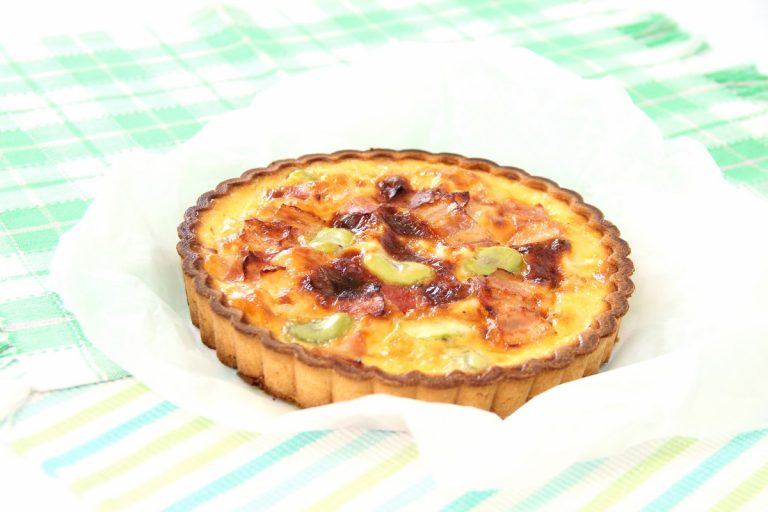
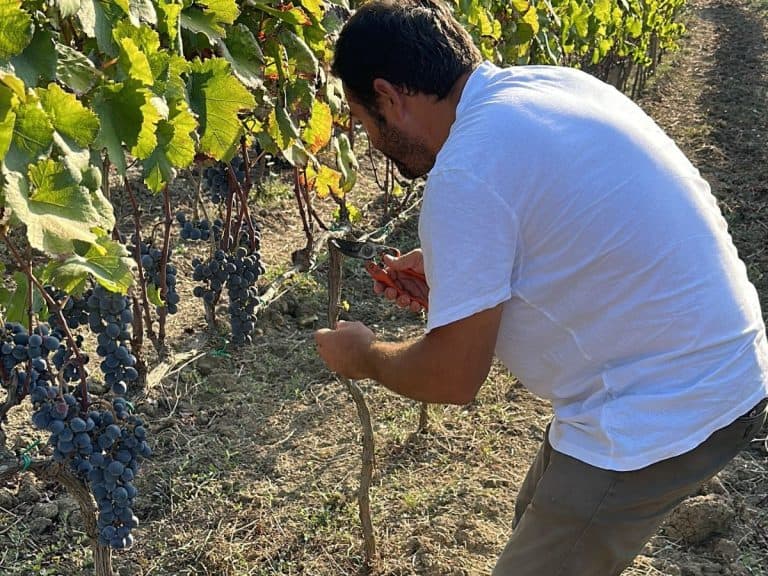 The first natural wine in Albania? It's produced by two Italian sommeliers and a winemaker from Vlora
The first natural wine in Albania? It's produced by two Italian sommeliers and a winemaker from Vlora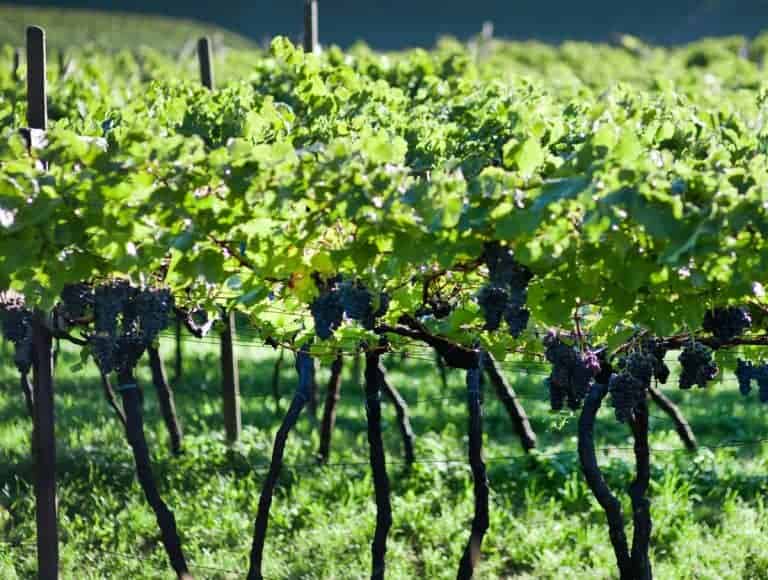 Author’s 'Schiava'. The Alto Adige label from Girlan challenges great international reds: the tasting
Author’s 'Schiava'. The Alto Adige label from Girlan challenges great international reds: the tasting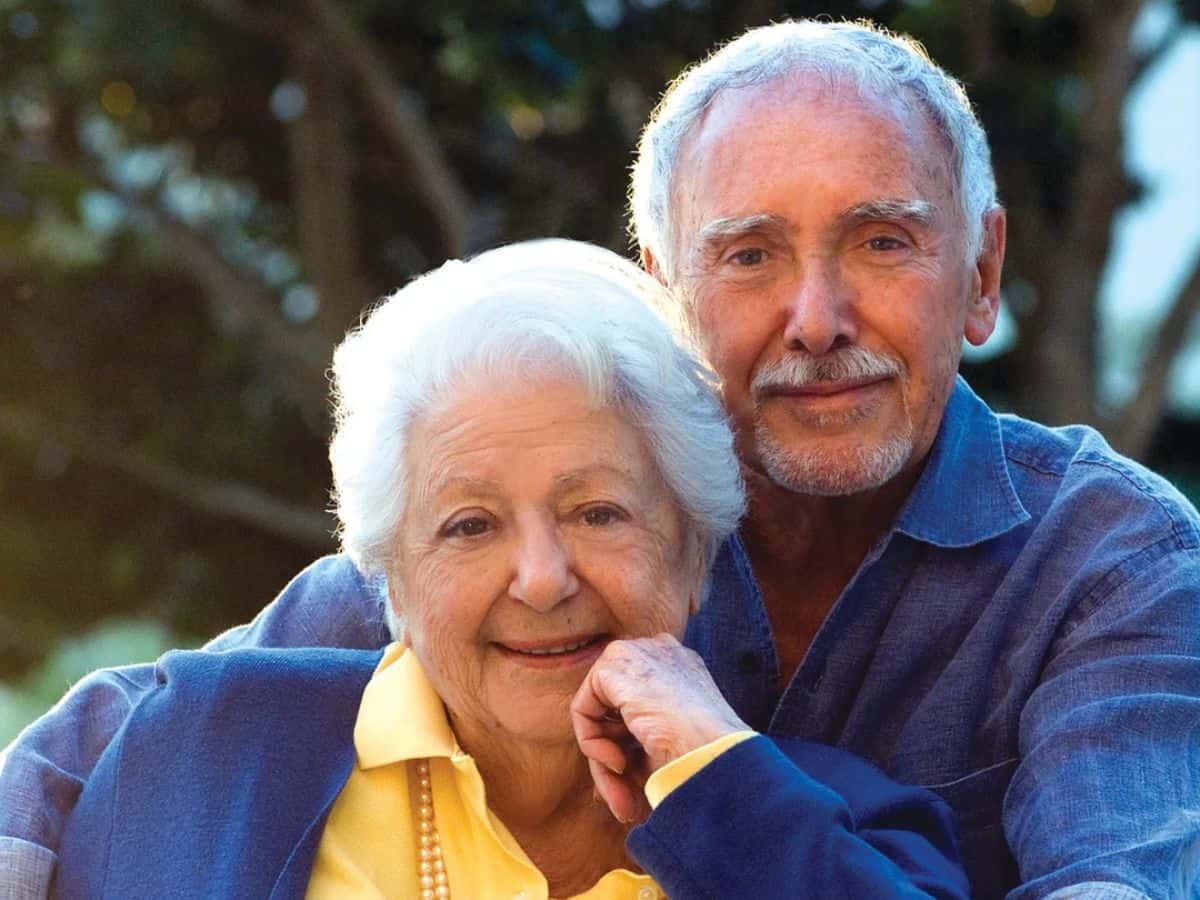 The incredible couple who taught Americans Italian cooking: the story of Marcella and Victor Hazan
The incredible couple who taught Americans Italian cooking: the story of Marcella and Victor Hazan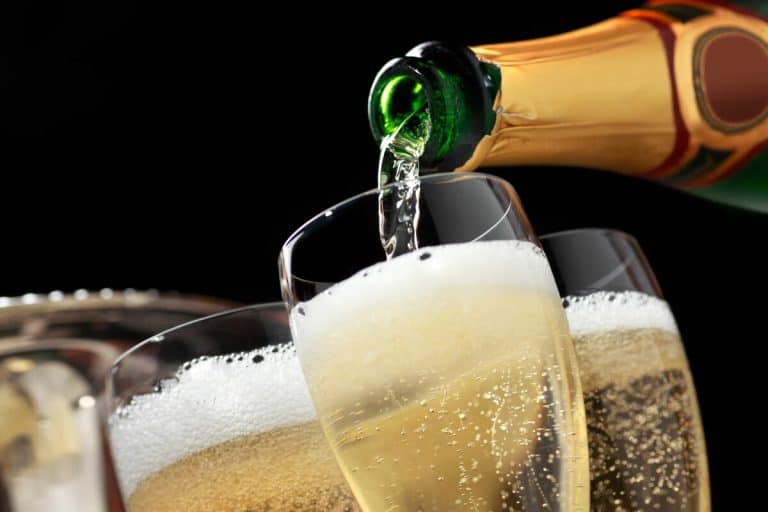 Will the perpetual reserve save Champagne from climate change?
Will the perpetual reserve save Champagne from climate change?